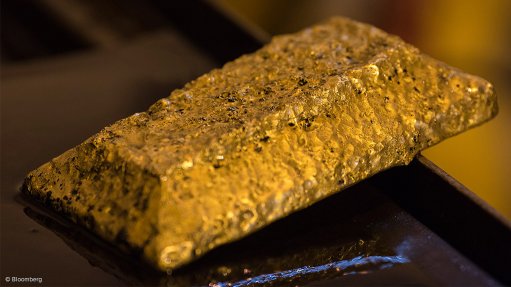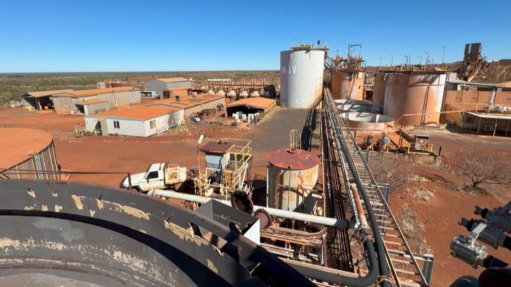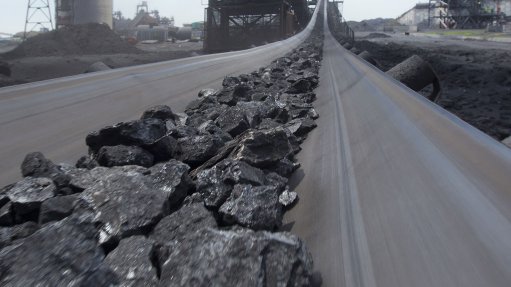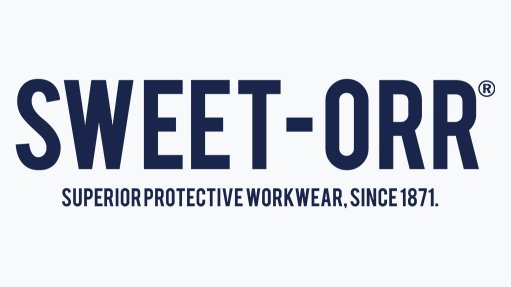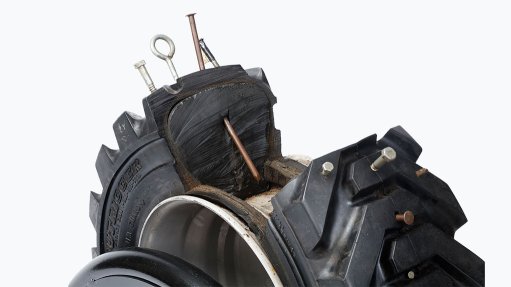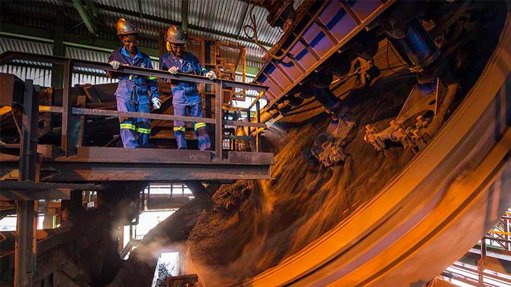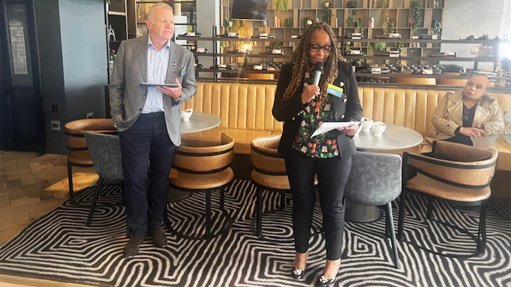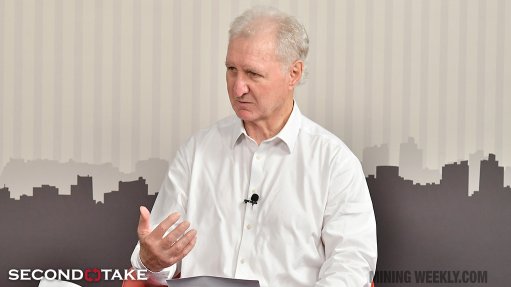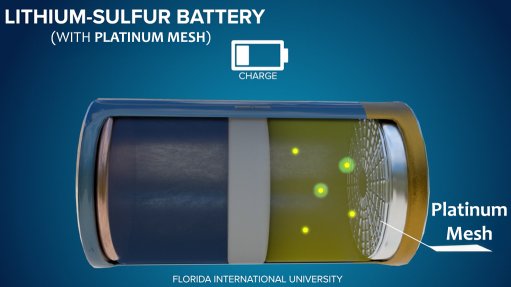GoviEx expands exploration programme in Zambia
GoviEx Uranium has announced the launch of the 2025 field season at the Muntanga uranium project, in Zambia.
Following four years of work that culminated in a positive feasibility study with a post-tax net present value of $243-million, the company is expanding its exploration programme to assess and advance new opportunities aimed at improving the project’s overall economics by increasing resource size, extending the life-of-mine and identifying new deposits that could enhance the scale and long-term value of the project.
The 2025 campaign will consist of 35 drill holes for about 3 500 m and will test four high-priority areas, ranging from near-mine targets that could extend Muntanga itself to a potential larger-scale opportunity at Kariba Valley, situated on strike and on trend 70 km to the south-east of Muntanga.
GoviEx’s geological team has reassessed three of the priority areas, identifying signs of potential success based on historical drilling with their updated geological model presented to senior executives during the most recent site visit.
“After years of detailed feasibility and engineering work, we [will] refocus our geologic team on exploration and discovery. The Muntanga project already stands on a solid resource foundation, but [there] is the opportunity to grow it – both [of which are] near the existing deposits and through Kariba Valley.
“This is one of Africa’s most underexplored uranium belts and we're only just beginning to understand its true scale,” GoviEx executive chairperson Govind Friedland said on June 24.
Priority drilling will begin at the Muntanga East target, where ten shallow holes, to a maximum depth of 60 m, will follow up historical intercepts over a radiometric anomaly located 5 km from the planned Muntanga openpit, in the same escarpment grit formation host rocks that contain the current resource.
According to GoviEx, the geological interpretation of existing data suggests a conceptual shallow exploration target ranging from two-million to four-million pounds of triuranium octoxide (U₃O₈) at grades between 150 parts per million (ppm) and 350 ppm.
The targeted exploration programme also includes further focus around the Dibbwi deposit, where remodelling interpretation suggests strong potential to significantly extend mineralisation.
Five drill holes are planned just east of the existing Dibbwi pit shell, targeting a well-defined radon anomaly, which lies along the projected mineralised trend and presents a compelling case for potential resource expansion.
However, this anomaly was not drilled previously as the historic radiometric survey that identified it was conducted only after earlier drilling activities had taken place.
Further south, in Dibbwi South, a trenching programme will be undertaken over radon anomalies, which appear identical to the anomalies found in GoviEx’s current Dibbwi deposit. These trenches will expose the underlying geology for mapping and sampling, with the goal of identifying new zones of near-surface mineralisation suitable for follow-up drilling later in the season.
Within the Kariba Valley Mining License, GoviEx’s geologic field team believes that there is high potential for economic mineralisation on the Chisebuka prospect.
This permit, acquired from African Energy Resources in 2017, hosts the same Karoo sedimentary package as the Muntanga-Dibbwi deposits, yet has seen no follow-up drilling since the initial reconnaissance work, the company said.
Review of the available drilling data, as well as ground radiometric and mapping data, confirms that the Chisebuka mineralisation remains open up-dip, down-dip at depth and potentially on strike.
According to GoviEx, geological modelling suggests a shallow, gently dipping mineralised body that can be traced for about 4 km along strike and up to 1 km across, with mineralised horizons cropping out from surface to about 110 m depth.
On this basis, the company has delineated a conceptual model to guide exploration with targets of 20-million to 30-million pounds of U₃O₈, and grades estimated at between 150 ppm and 300 ppm, consistent with the grades already defined at Muntanga-Dibbwi.
The area targeted for exploration on Kariba Valley is only about 3% of the total licence area, with GoviEx believing that the rest of the licence is also highly prospective.
The company said that this prospect remained underexplored owing to historical drilling being focused on more easily accessible areas.
The company plans to drill 20 proof-of-concept holes totalling about 2 000 m, with planned hole depths of 50 m to 150 m, to determine the extensions to mineralisation.
Successful confirmation of mineralisation across the planned sections would allow Chisebuka to move rapidly into resource definition drilling, supporting GoviEx’s strategy to enhance the project’s economic potential through scale and optionality.
Next, drilling and trenching across all four priority targets is scheduled to start next week. Initial results from each area will help determine the design of follow-up programmes later in the field season.
Article Enquiry
Email Article
Save Article
Feedback
To advertise email advertising@creamermedia.co.za or click here
Press Office
Announcements
What's On
Subscribe to improve your user experience...
Option 1 (equivalent of R125 a month):
Receive a weekly copy of Creamer Media's Engineering News & Mining Weekly magazine
(print copy for those in South Africa and e-magazine for those outside of South Africa)
Receive daily email newsletters
Access to full search results
Access archive of magazine back copies
Access to Projects in Progress
Access to ONE Research Report of your choice in PDF format
Option 2 (equivalent of R375 a month):
All benefits from Option 1
PLUS
Access to Creamer Media's Research Channel Africa for ALL Research Reports, in PDF format, on various industrial and mining sectors
including Electricity; Water; Energy Transition; Hydrogen; Roads, Rail and Ports; Coal; Gold; Platinum; Battery Metals; etc.
Already a subscriber?
Forgotten your password?
Receive weekly copy of Creamer Media's Engineering News & Mining Weekly magazine (print copy for those in South Africa and e-magazine for those outside of South Africa)
➕
Recieve daily email newsletters
➕
Access to full search results
➕
Access archive of magazine back copies
➕
Access to Projects in Progress
➕
Access to ONE Research Report of your choice in PDF format
RESEARCH CHANNEL AFRICA
R4500 (equivalent of R375 a month)
SUBSCRIBEAll benefits from Option 1
➕
Access to Creamer Media's Research Channel Africa for ALL Research Reports on various industrial and mining sectors, in PDF format, including on:
Electricity
➕
Water
➕
Energy Transition
➕
Hydrogen
➕
Roads, Rail and Ports
➕
Coal
➕
Gold
➕
Platinum
➕
Battery Metals
➕
etc.
Receive all benefits from Option 1 or Option 2 delivered to numerous people at your company
➕
Multiple User names and Passwords for simultaneous log-ins
➕
Intranet integration access to all in your organisation






